Posted 11:52 a.m. Wednesday, Dec. 30, 2015

Faculty exhibit shows how art and scholarly work intersect.
Faculty exhibit shows how art, scholarly work intersect
Elements of art are inseparable from many academic pursuits. An art exhibit at Murphy’s Mug through Tuesday, Jan. 19, features five UWL faculty members who are exploring the role of the visual arts within their scholarly disciplines and life. “I think that people tend to discount art in their lives,” says Marc Manke, public services assistant at the library. “People say, ‘I’m not an artist’ because they don’t identify with the title. But in our lives we communicate so much visually, I don’t think you can separate art from life.” The exhibit, Second Shift, is part of the library’s Art in the Mug series. Here is how the five artists described their work.Tushar Das, Mathematics
Tushar Das, assistant professor of Mathematics, spends the majority of his time studying, teaching and researching the subject that he loves. He describes mathematics as “a living science, brimming with beautiful ideas and challenging problems.” Though what feeds creativity in theoretical research is probably vastly different between individual scientists, he goes on to write, “In my life mathematics, music, poetry and photography are distinct, highly-interconnected mindfields that have formed a large playground for my creative endeavors. Exploration and discovery in these realms coexist in a largely inexplicable symbiosis". [caption id="attachment_44498" align="alignright" width="700"]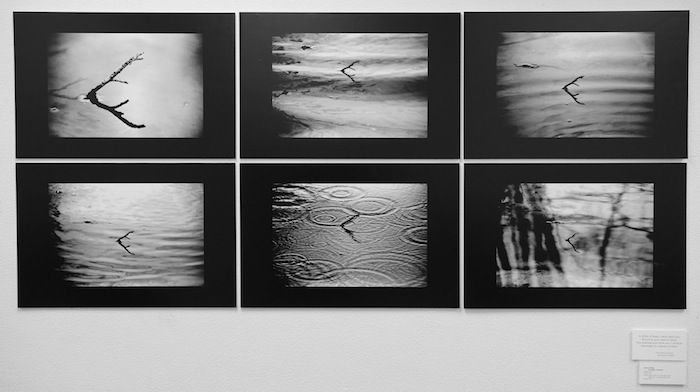 Digital print by Tushar Das, “Seeing Things. Homage to Heaney.” Das says this series of photos is a tribute to Poet Seamus Heaney who wrote the book, “Seeing Things.”[/caption]
In the exhibit, his prints above are accompanied by a poem by Seamus Heaney.
Digital print by Tushar Das, “Seeing Things. Homage to Heaney.” Das says this series of photos is a tribute to Poet Seamus Heaney who wrote the book, “Seeing Things.”[/caption]
In the exhibit, his prints above are accompanied by a poem by Seamus Heaney.
In drifts of sleep I came upon you Buried to your waist in snow. You reached your arms out: I came to Like water in a dream of thaw.Das says about his work, “I wanted to expose students and faculty to creative dimensions that often lie beneath the surface, and that may be completely hidden from many interactions on campus. I wanted to give the audience a sense of how creativity in any field is often fueled from activity outside of the field. In my case working on research in theoretical/pure mathematics, vis-a-vis meditating on nature.”
Nabamita Dutta, Economics
Anytime she gets the chance to travel — whether it be professional conferences, research travel or visits to family — economics faculty member Nabamita Dutta takes to the streets with her mobile phone camera capturing striking images of cities and nature. “This,” Dutta says pointing to her smartphone with built in camera, “is another pair of eyes for me. Maybe I would have noticed moments like this without it, but I don’t know. Each travel adds a little bit to what I am… each time becoming a little less prejudiced, a little less judgmental and a little less biased.” Even though she experiments with more sophisticated cameras, she stresses that one doesn’t need fancy equipment to begin exploring. She hopes students will recognize that they too have access to viewing people and places with an eye to beauty and empathy. [caption id="attachment_44502" align="alignright" width="800"]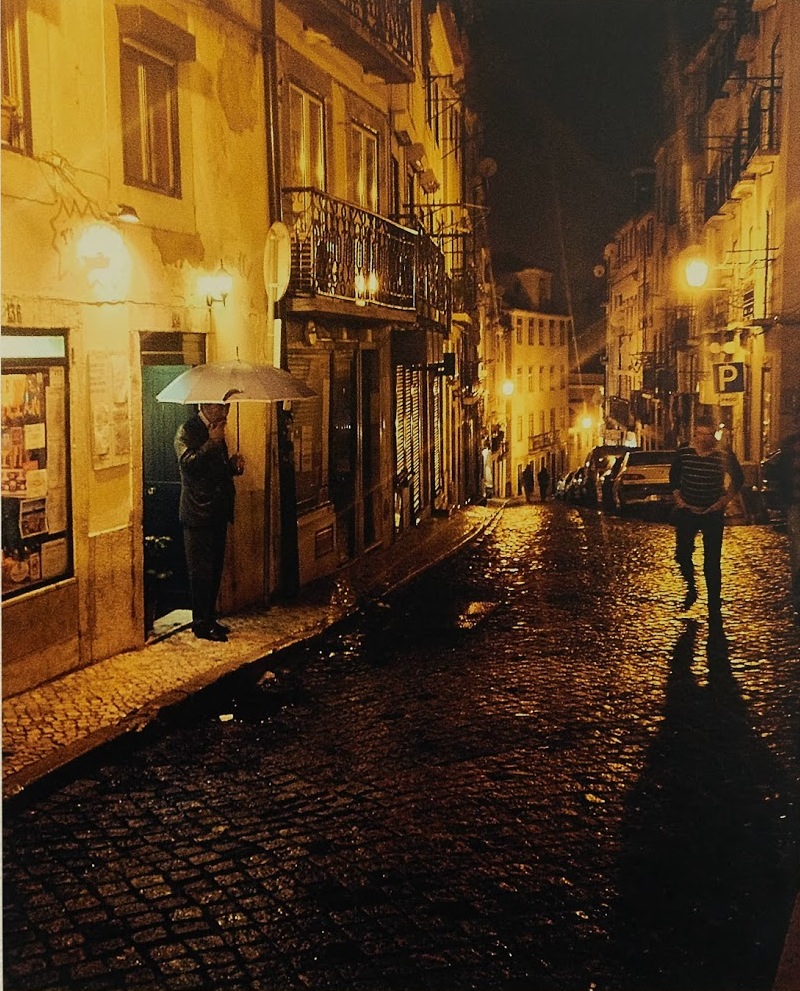 Nabamita Dutta, associate professor of Economics, snapped this photo using a smartphone camera during travels in Lisbon, Portugal.[/caption]
“I discovered my passion for traveling and, along with that, trying to capture what I’m seeing. Many times people ask, ‘what kind of camera did you use to capture that?’ They are surprised when I tell them, ‘my cell phone.’ I think more people should see if they have an eye for photography, and a phone camera can be a good starting point… In my life I’ve seen that traveling and photography has given me more perspective.”
Nabamita Dutta, associate professor of Economics, snapped this photo using a smartphone camera during travels in Lisbon, Portugal.[/caption]
“I discovered my passion for traveling and, along with that, trying to capture what I’m seeing. Many times people ask, ‘what kind of camera did you use to capture that?’ They are surprised when I tell them, ‘my cell phone.’ I think more people should see if they have an eye for photography, and a phone camera can be a good starting point… In my life I’ve seen that traveling and photography has given me more perspective.”
Karl Kattchee, Mathematics
Karl Katchee, Mathematics, says he has long felt that mathematics and art are inseparable, but he didn't seriously pursue the idea. He discovered the mathematical art community about eight years ago, and "came out of my shell." [caption id="attachment_44506" align="alignright" width="650"]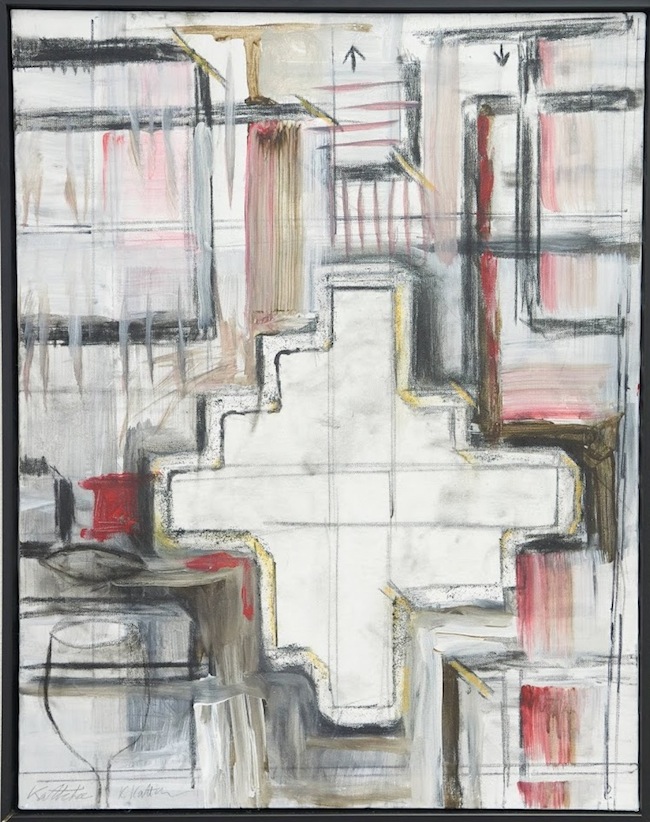 A few of Karl Kattchee’s works in the exhibit are collaborations with his sister, Lisa, including this mixed media on canvas, “Theory of Intersection.” Katchhee says artistic endeavors have provided a way to reconnect with Lisa, an artist “who is by far the most creative member of my family.”[/caption]
“I would describe my art as mathematical, but not in the sense that it necessarily represents a particular mathematical thing. Instead, I use mathematical considerations in the creative process; so, the math is embedded in the finished piece. I like to try different things, though. For example, "45 Poppies" is an explicit classification of all solutions to a combinatorial problem I posed to myself. Also, my "DA DA Dice" is about the science of probability, but in an absurd way. The painting ‘Conundrum,’ together with its description, is intended to be confusing and irritating.”
A few of Karl Kattchee’s works in the exhibit are collaborations with his sister, Lisa, including this mixed media on canvas, “Theory of Intersection.” Katchhee says artistic endeavors have provided a way to reconnect with Lisa, an artist “who is by far the most creative member of my family.”[/caption]
“I would describe my art as mathematical, but not in the sense that it necessarily represents a particular mathematical thing. Instead, I use mathematical considerations in the creative process; so, the math is embedded in the finished piece. I like to try different things, though. For example, "45 Poppies" is an explicit classification of all solutions to a combinatorial problem I posed to myself. Also, my "DA DA Dice" is about the science of probability, but in an absurd way. The painting ‘Conundrum,’ together with its description, is intended to be confusing and irritating.”
Barrett Klein, Biology
Barrett Klein is a UWL entomologist who has long been intrigued with insects’ inherent beauty. “When faced with a decision to focus on entomology or art, I decided to do both,” he writes in his artist statement. [caption id="attachment_44509" align="alignright" width="700"]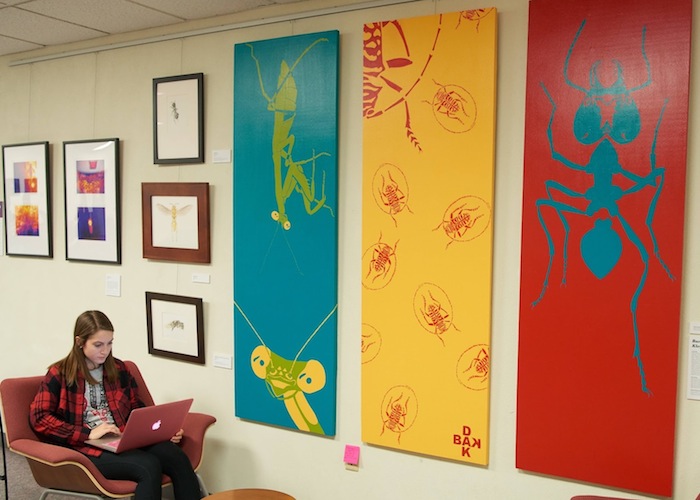 Barrett Klein, an “entomo-artist” says he fashions ways of creating and communicating science and art, primarily with insects at center stage.[/caption]
“There is a different story, usually a natural history story, behind each of my pieces. My primary objective is to explore the bizarre beauty of life, primarily life with six jointed legs and chitinous exoskeletons.
“The complement [to my scholarly discipline] becomes obvious when I wish to communicate science. Talking and writing help, but showing someone what I do —drawing them in with hypnotic visuals, can both convey my research more effectively or inspire them to learn more.”
Barrett Klein, an “entomo-artist” says he fashions ways of creating and communicating science and art, primarily with insects at center stage.[/caption]
“There is a different story, usually a natural history story, behind each of my pieces. My primary objective is to explore the bizarre beauty of life, primarily life with six jointed legs and chitinous exoskeletons.
“The complement [to my scholarly discipline] becomes obvious when I wish to communicate science. Talking and writing help, but showing someone what I do —drawing them in with hypnotic visuals, can both convey my research more effectively or inspire them to learn more.”
Lee Baines, Biology, and director of the Murphy Learning Center
[caption id="attachment_44494" align="alignright" width="594"]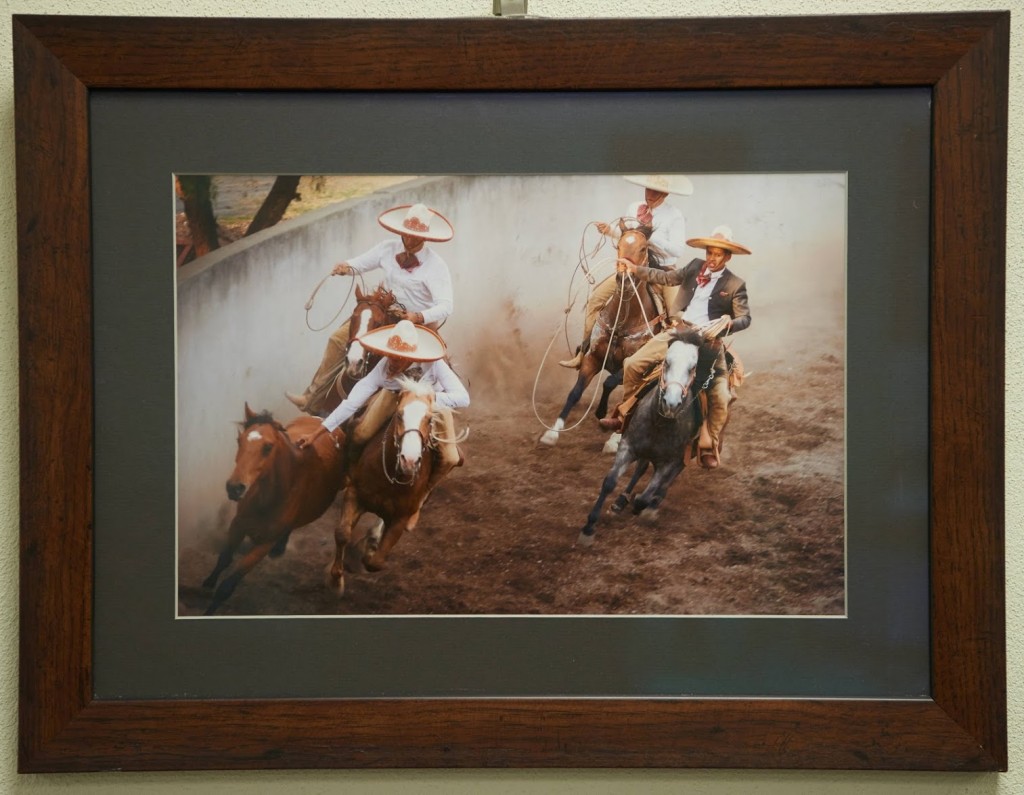 Original image by Lee Baines.[/caption]
“I am particularly interested in nature photography, something that complements my role as a biology instructor well. I use my knowledge of natural systems to inform my artwork and hopefully produce better work.”
The exhibition is possible by the generosity of the participating artists and Murphy Library. For more information about Art in the Mug exhibitions, contact Marc Manke, Murphy Library, at mmanke@uwlax.edu or 785-8637.
Original image by Lee Baines.[/caption]
“I am particularly interested in nature photography, something that complements my role as a biology instructor well. I use my knowledge of natural systems to inform my artwork and hopefully produce better work.”
The exhibition is possible by the generosity of the participating artists and Murphy Library. For more information about Art in the Mug exhibitions, contact Marc Manke, Murphy Library, at mmanke@uwlax.edu or 785-8637.
